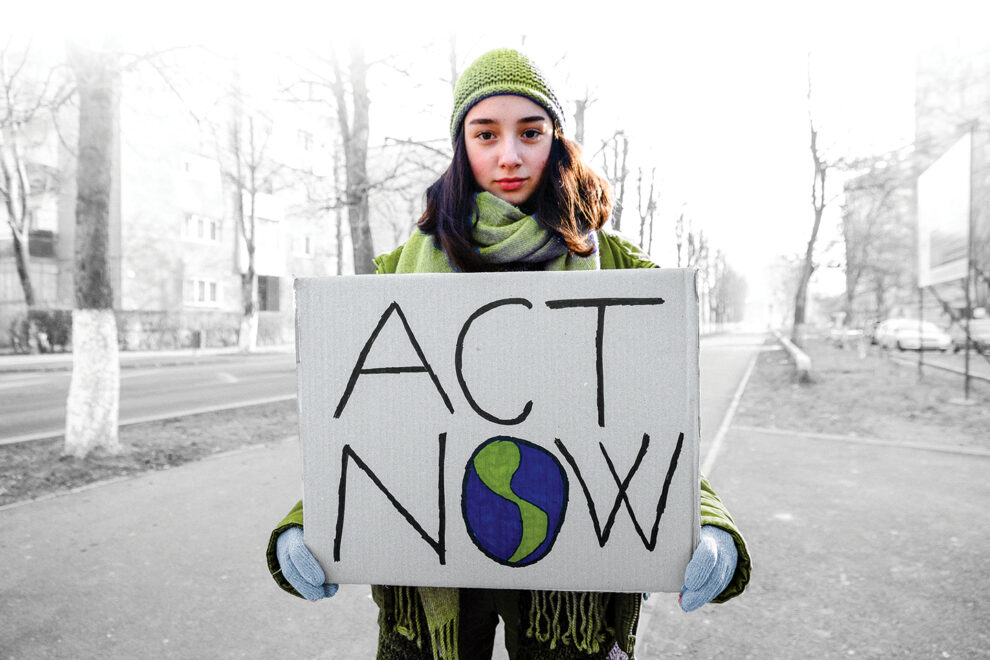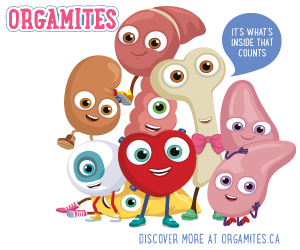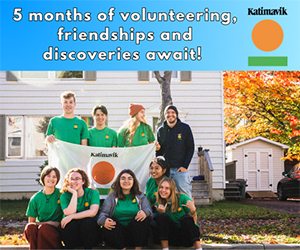If you listen to the news, it seems like it’s all doom and gloom on the climate change front. Global temperatures continue to rise. Politicians around the world appear to be making slow progress implementing significant commitments to change. New green technologies continue their snail’s pace roll out. The targets set in the historic Paris Climate Accords in 2016 are facing challenges on a number of fronts. Something needs to change. Action needs to be taken.
Enter Climate Action Lab.
Powered by Let’s Talk Science, an organization committed to helping youth become good citizens and establish careers in a rapidly changing world, the Climate Action Lab was created to help empower youth to discover solutions and take action in the fight to save our planet. They are doing this by creating the academic space for youth to look at climate change and develop a cohesive strategy to address the issue. To make this happen, a project team of 150 set a goal for themselves: uncover the barriers for youth to take climate action.
Let’s Talk Science put out the call for youth to join their initiative with over 400 students across the country applying to take part. Project organizers eventually narrowed the field to twelve teams of high school students—a total of 82 youth—in areas across Canada. Each team was joined by a university student coach. The composition of the group represented a strong cross-section of Canadian youth: 60% girl/woman, 30% boy/man, 7% non-binary, 3% no gender indicated, 33% LGBTQ+, and 49% BIPOC (Black, Indigenous, Person of Colour). Together the high school and university students united to conduct ethnographic qualitative and community-based research that was compiled into a final report.
Ethnographic qualitative research is gathered through social, community-based contexts, often through interviews and interactions. This information is then used to draw insights about communities from the perspective of folks within the groups themselves. In the case of the Climate Action Lab, future scenarios were presented to interview subjects with 900 interviews conducted by the 82 high school students, and over 400 personal reflections were drawn up. The university student coaches worked to support their high school counterparts through recruitment strategies for interview participants as well as organizing and compiling the research. It was a case of high school students doing on-the-ground information gathering and university coaches helping to make sense of it all once everything was brought together.
The ethnographic qualitative research formed the basis of the Climate Action Lab Final Report. In the report, the team identified the barriers, best practices, and concrete steps youth can take to show their commitment to climate action.
Barriers
The key barriers to climate action include:
- Lack of power – sometimes climate action is seen as an adult problem and youth feel like they don’t have a voice, youth feel powerless under the weight of the climate problem.
- Lack of meaningful feedback around impact – things like carbon calculators are interesting, but they fail to provide tangible feedback to youth about the impact of climate change on their everyday lives.
- Denial of pleasure – climate action is often framed in the realm of not doing i.e., not eating meat, not driving a car, etc. The denial of pleasure is a poor motivator. Youth need to be exposed to the benefits of addressing climate change.
- Social isolation – after the pandemic, nobody wants to feel isolated. Fighting climate change must be approached collectively, not in isolation. Employing a what can WE do versus a what can I do approach is essential.
- Lack of benefits for youth – sometimes climate action is seen as an adult problem and youth feel like they don’t have a voice. Youth need to see and experience the personal benefits that are relevant to their life stage to participate in climate action.
Best practices
Once these barriers are addressed, climate action can take place given the implementation or consideration of what the Climate Action Lab calls insights. These include:
- Science learning – reframing or humanizing science to make action tangible and possible in the minds of youth. This can be done by including both western and Indigenous approaches to the natural world and talking about climate action in ways that describe benefits to people and communities.
- Mental health – focus on mental health and wellness (and not solely on dire climate predictions). Encourage youth to spend time in nature and feel the calming and nurturing effects of being outdoors.
- Different ways of teaching and learning – embrace the many ways of teaching and learning (outdoor education, hands-on fieldwork, cooperative education, apprenticeships) so that youth can experience the relevance of climate action and the opportunities the future holds.
- Youth engagement – putting negativity aside, encourage students to pursue climate action in a spirit of efficacy and resiliency and, in the process, finding common ground with other youth on the issue.
- When, where and who – develop a logistical plan that makes climate action concrete and meaningful. Any plan should be inclusive and meet the needs of everyone. Students are great at mobilizing through social media platforms, so why not get them to mobilize around climate action.
Moving forward
The Climate Action Lab’s final report concludes with concrete suggestions on how to implement strategies to help save our planet. These suggestions include things like youth leadership training when applying for grants, exploring how Western Science and Traditional Indigenous Knowledge can make broader perspectives, and updating the idea of carbon calculators so they offer feedback about how personal changes actually impact climate change in units kids can relate to. The emphasis is on youth engagement and collective action. Climate change is an issue that everyone needs to address, and it only makes sense that we tackle this problem together.
By: Sean Dolan





